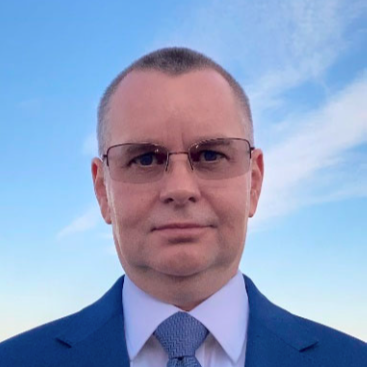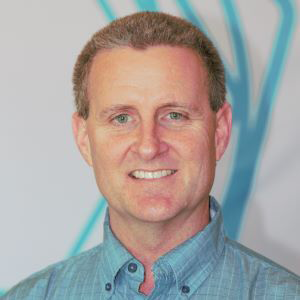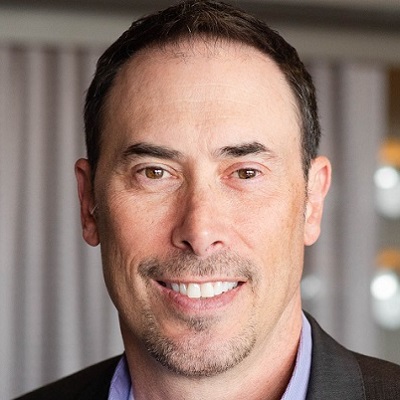Zero Day Vulnerabilities in Industrial Control Systems Highlight the Challenges of Securing Critical Infrastructure

The disclosure of zero day vulnerabilities in several Schneider Electric industrial control systems highlights the need to revamp cybersecurity practices in operational technology environments.
A zero day disclosure of multiple vulnerabilities in Schneider Electric’s industrial control systems (ICS) exemplifies the real-world struggles facing the critical infrastructure ecosystem.
The vulnerabilities — which affect the company’s EcoStruxure Control Expert, EcoStruxure Process Expert, SCADAPack REmoteConnect x70 and Modicon M580 and M340 control products — pose several risks, including the possibility of complete authentication bypass, arbitrary code execution and loss of confidentiality and integrity.
Tenable’s Zero Day Research is one of several vendors to have disclosed vulnerabilities to Schneider via standard disclosure practices and you can view our technical report here. Although we are strong proponents of full disclosure, in this case we have chosen to withhold certain specific technical details from our public disclosure documents. Operational Technology (OT) systems have yet to advance their security posture to be on par with their IT counterparts, and as such this is a rare situation where full disclosure shouldn’t be followed. In our view, the risk of successful in-the-wild exploitation was too great and the critical infrastructure at risk was too sensitive for us to proceed with full disclosure with patches months away from being released by the vendor.
The factors surrounding the Schneider disclosure highlight the many challenges involved in securing critical infrastructure. Industrial control systems and other technologies used in the operational technology environment are notoriously difficult to develop patches for and deploy. 原因是什么?Because systems have to be taken down and thoroughly tested each time an update is made. Yet, the existing operating models for most OT environments, such as power plants, gas pipelines, manufacturing plants, leave little margin for downtime. It’s clear that more discussion industry wide is needed to determine whether the vendor parameters used for zero day disclosures in IT environments are appropriate for critical infrastructure.
In a typical IT environment, the workstreams and processes for patching digital business systems are well established and time-tested. In most OT environments, on the other hand, there’s no clear workstream to update the software that is the underbelly of our critical infrastructure. There is an ongoing battle between the production side of the house and the security side, each of which is held to different success metrics around uptime and system performance.
In an OT environment, it’s common for software-dependent systems to be placed into service and never touched again for the next 10 years. Regular software updates for OT technologies are simply not incorporated into standard processes in most critical infrastructure organizations.
We believe it’s incumbent on the broad range of international stakeholders — including government bodies, law enforcement agencies, researchers, vendors and the owners and operators of critical infrastructure facilities — to prioritize global collaboration with an eye toward developing best practices for securing OT systems that can be applied regardless of geography.
We believe these discussions need to recognize that OT vendors and operators have much to learn from their IT counterparts and need to become more adept at developing and managing the software underpinning crucial systems. Make no mistake — the onus does not fall solely on the owners and operators of critical infrastructure environments. Vendors need to be held responsible for continually bug hunting and doing quality assurance on their own software, dedicating resources to effectively managing vulnerability disclosures and speeding up update release times.
The challenges are as much about people and process as they are about technologies. Operators of critical infrastructure environments need to revamp their cybersecurity governance, risk and compliance practices. The management and remediation of software vulnerabilities in OT systems must be as routine a part of plant maintenance as the mechanical servicing of hardware is today.
In the U.S., we’ve already seen positive movement in the form of the May 12 Executive Order on Improving the Nation’s Cybersecurity from the Biden administration, which calls for software supply chain security guidance to incorporate vulnerability disclosure programs, and the May 18 White House fact sheet, which states “[c]ybersecurity is a core part of resilience and building infrastructure of the future.”
At the same time, we recognize the need for more immediate actions owners and operators of critical infrastructure environments can implement today. Below, we provide three high-level actions as well as two tactical steps organizations can take to protect themselves in the wake of the Schneider disclosure.
Three action items for securing critical infrastructure environments
There is no magic bullet for securing OT environments. Just as with IT security, it comes down to nailing the basics. And we’re well aware that the simplicity of the guidance belies the complexity of actually implementing the recommendations. Nonetheless, we believe these action items bear repeating, as they are foundational to any sound cybersecurity strategy, particularly when systems cannot be updated:
- Implement a defense-in-depth posture. Critical infrastructure environments cannot rely on the security of any given device. Organizations need to implement a robust security architecture with compensating controls to protect the devices that are most at risk.
- Develop strong governance and disaster recovery policies. These are essential for dealing with ransomware and other forms of cyberattack, and must take into account not just the technologies but also the people and processes in place in any given organization. Exercise and test your backup plans before you need them. Because the cyber skills shortage is particularly acute in OT environments, achieving this level of governance remains challenging for many organizations.
- Choose technologies wisely. Without the right people and policies in place, it’s impossible to get the full value out of any technology you purchase. At the same time, there are certain capabilities to seek out in your technology choices. For example, the OT environment requires the same level of real-time, continuous analysis as can be found in the IT world. OT operators need to implement technologies that give them the kind of detection and recovery capabilities necessary to circumvent sophisticated threat actors.
Two action items for users of the affected Schneider systems
If your organization uses the Schneider systems affected by this zero-day disclosure, here are two action items you can take immediately:
- Review and follow the vendor recommendations detailed in the Schneider disclosure here.
- Tenable customers can learn more here about how to detect the affected systems in their environment.
结论
It’s imperative for researchers, governments, private-sector organizations and technology vendors to take immediate tactical action as well as long-term strategic action to address the considerable cybersecurity challenges facing our critical infrastructure. Likewise, it’s essential to dismantle the IT, OT and infosec silos that exist in most organizations and rethink how these teams are incentivized to make sure cybersecurity is prioritized.
了解详情
- Read the Tenable Zero Day Research team’s documentation of the Schneider vulnerability
- View the vendor advisory here
- Attend the webinar Beefing Up Security at the Intersection of Active Directory and OT
相关文章
- Energy Industry
- Executive Management
- Federal
- Government
- OT Security
- SCADA
- Threat Management
- Vulnerability Management
- Vulnerability Scanning







